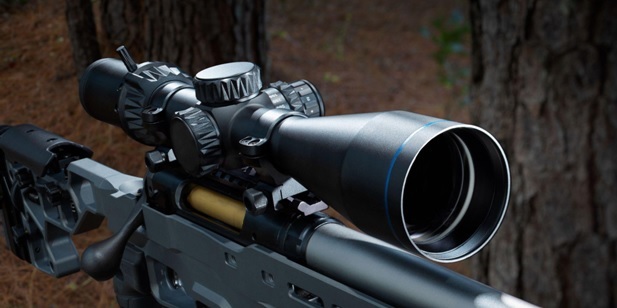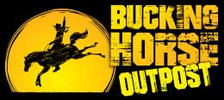Anyone can hit a bullseye with a scoped, zeroed rifle at 50 yards, right? How about at 100 yards? Still not the hardest challenge in the realm of shooting sports, sure.
What about 200 yards? 300 yards? 500 yards? A thousand?
We all have our limits, and as ranges increase, so too do the challenges of shooting accurately. You have to factor in trajectory seriously, along with wind drift, breathing discipline, the stance you adopt, how you hold the rifle, and more.
With that said, there are things you can do to make long-range shooting easier on yourself.
Though it will still be hard, these tips and techniques can help make you a more effective long-range shooter.
Choose Your Scope Wisely
Your choice of scope is one of the most important decisions you can make in your long-range shooting outfit - after, of course, the rifle, but that is either a prerequisite topic or one for another time.
This goes beyond getting a high-quality variable magnification scope, of course. You need to be able to see small, distant targets clearly, with no fogging or loss of clarity, but you’ll want more than that.
Naturally, the scope needs quality internals that are consistent, accurate, and reliable, so you can make minute adjustments for extended ranges.
On top of that, you want to be able to make multiple upward adjustments so you can “hold over” a target. You don’t want to be limited by that.
Another nice feature is a zero-stop mechanism that will let you return to your zero settings after you’ve made some adjustments to the scope.
Zero at an Appropriate Range
It’s also appropriate to zero your rifle at a suitable range for long-distance shooting. Something like 100 yards won’t cut it or you’ll have to hold over the target by several feet, even when shooting a flat-trajectory cartridge like .223.
Something 300 yards is more like it, and honestly, if you do a lot of really long-distance shooting - say 1000 yards or further, zeroing at 500 yards makes more sense. You’re still going to need to hold over your target by a decently long shot if you do so.
Ditch the Death Grip
Some long distance shooters counsel others not to wrap the thumb of their shooting hand fully around the grip of the rifle, and indeed, some ergonomic grips designed for long-distance shooting are designed with a thumb shelf that rests along the rifle, rather than requiring the shooter to wrap the grip fully.
There are two good reasons for this, one greater than the other. The lesser of the two is that fully gripping the rifle grip results in accelerated shooter fatigue, making it harder to shoot for longer durations.
The more important reason is that wrapping your thumb around the grip of the rifle introduces a whole new dimension of torsion, albeit very light. The thing is, even very minimal torque on a rifle can become massively magnified at great ranges.
You can eliminate this dynamic by keeping your shooting thumb on the same side of the rifle’s grip as all of your other fingers.
Get Behind the Rifle
A lot of shooters assume a stance and retroactively force the rifle to accommodate it. When you’re long-range shooting, the rifle is going to be on a rest or a bipod - unless you’re shooting offhand.
Therefore, the rifle already has a position. Rather than bringing the rifle to your body, bring your stance to the rifle and disturb it as minimally as possible.
What you should be doing is getting behind the rifle, don’t force the rifle into your shoulder; come up behind it so your line of sight is as directly in line with the direction of the scope’s tube as possible.
Shoot on the Pause, but Don’t Necessarily Hold Your Breath
Some long-range shooting advice would have you hold your breath and shoot before too much time passes so your visual acuity doesn’t start to fade.
Better advice is to breathe slowly and naturally and shoot on the pause, rather than artificially re-engineering your breathing.
When you shoot at a natural lull right after exhaling, your body will be as still as possible, which will help prevent interference with the reticle’s movement.

Up the Ante, Er, Ammo (Try an Ammo Like Federal Gold Medal Match)
One more tip is to shoot ammo specifically for long-range shooting, like Federal’s Gold Medal Match ammo loaded with Sierra MatchKing bullets
Federal Gold Medal Match ammo is a special type of ammo loaded with OTM, or open-tip match bullets, sometimes somewhat erroneously labeled as “hollow point.”
These rounds are manufactured following a different process from conventional full metal jacket ammo. In OTM ammo, the jacket is drawn up from the base and closed off at the nose, leaving a little hollow.
This produces superior radial symmetry, resulting in a greater overall ballistic coefficient. As a result, OTM ammo like Federal Gold Medal Match ammo is more stable at greater distances, enabling tighter groups at extended ranges.
Be Consistent
The last recommendation we have to be a better long-range shooter is just to stick with it. No one becomes a master of anything in a day, a week, or even a month.
Put in your range time and it will come together. You’ll see.

